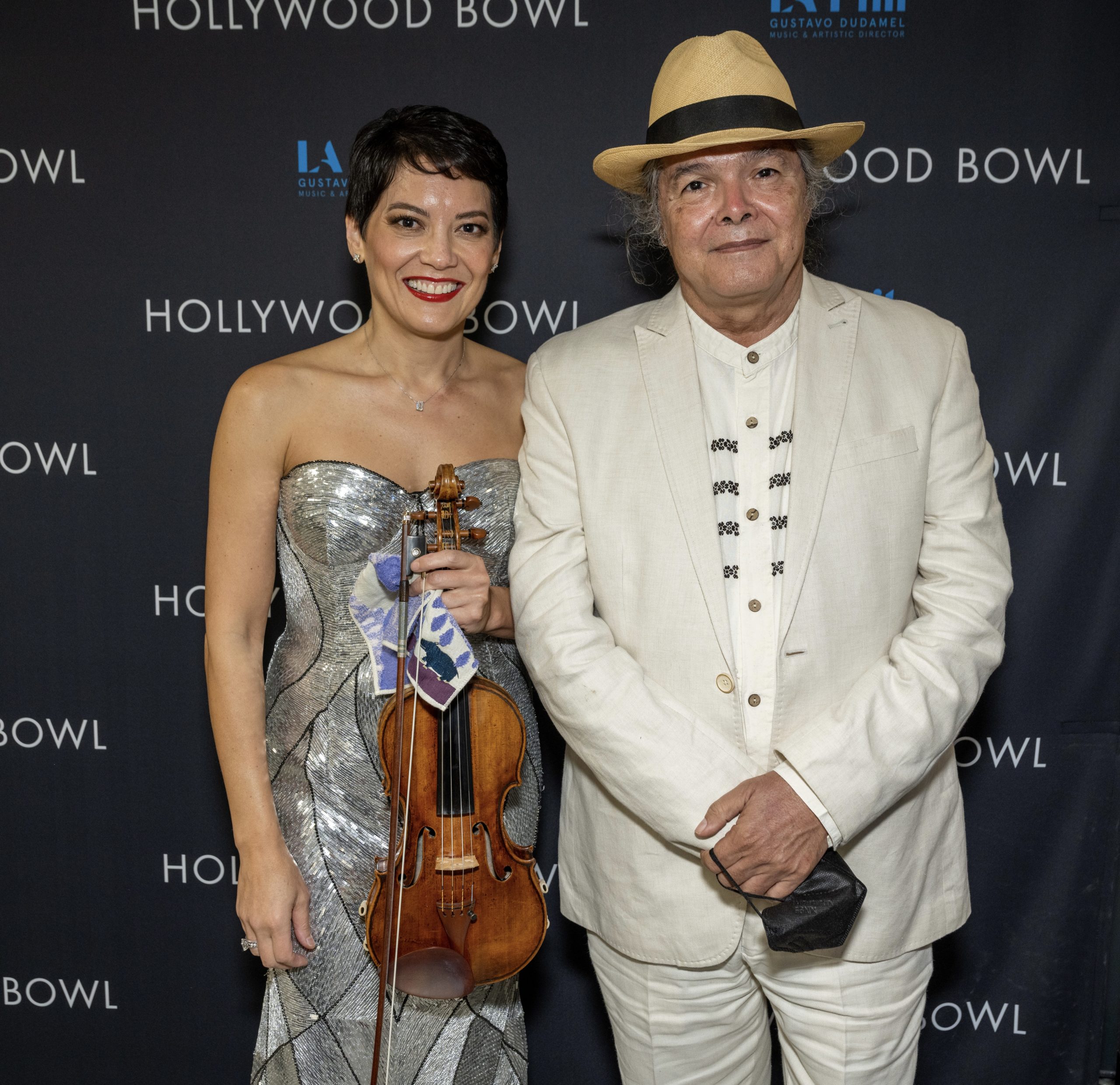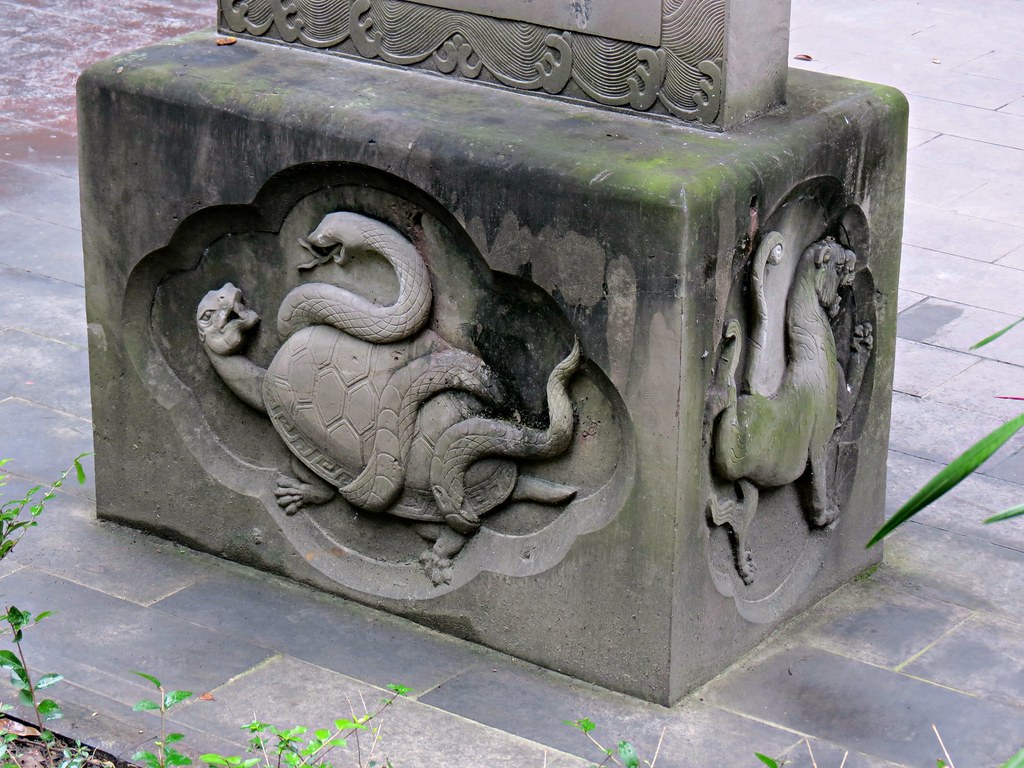From the Nashville Symphony
A Latin Fiesta at the Schermerhorn
A Latin Fiesta at the Schermerhorn
On February 3 & 4 the Nashville Symphony gave a rather eclectic and unconventionally exquisite concert billed as a “Latin Fiesta!” with a group of interesting works including Chen Yi’s Introduction, Andante and Allegro, Arturo Márquez’s Fandango featuring the great Anne Akiko Meyers on Violin, with both framed by Maurice Ravel’s works: Alborada del gracioso and his Rapsodie espagnole.
Ravel’s Alborada del gacioso (roughly translated as “the morning clown’s song), written in 1905, began its existence as one of five short piano pieces Ravel wrote to be included in his suite Miroirs (Mirrors). In 1909 the famous impresario of the Ballets Russes, Sergei Diaghilev, visited Spain and as a result, commissioned a number of ballets on Spanish themes. Leonid Massine took one of the commissions on and choreographed a work that included Ravel’s piano version. In response, Diaghilev then commissioned Ravel to orchestrate the piece for the ballet’s premiere (titled Les jardins d’Aranjuez).
As such, it is a brief, colorful work for orchestra in three main sections, a central clown’s song framed by lively dance music. The Spanish ambiance is obtained through pizzicato strings imitating guitars and the use of castanets, tambourine cymbals and harp, performed wonderfully by Nashville’s percussionists. It is a beautiful piece that might just feel a bit brief, but then the orchestra began to make way for the soloist, Anne Akiko Meyers.

In 2018 Anne Akiko Meyers, international celebrity violinist, approached the great Mexican composer Arturo Márquez and “…asked if he would be interested in writing a violin concerto incorporating Mariachi traditions.” Márquez then completed a work, titled Fandango, that he had been considering for over a quarter of a century, and Meyers has been championing the work ever since. The Fandango has long been understood to be a Spanish genre due to its emergence there sometime in the 18th century. In Mexico, the term also signifies a party where people get together to dance, to play, and to sing in a community setting. It is to this tradition that Márquez is referring in his title. The piece is in three movements (fairly standard for a concerto) but with characteristic titles: Folia Tropical, Plegaria (Chaconne) and Fandanguito.
The Folia Tropical, in a standard 1st movement allegro form, opens with an intense cadenza leading to a dance which the orchestra eventually takes up. After a brief transition, a soaring melodic line over an ostinato gave Meyers a moment to show the versatility of her abilities—you could tell the piece was written for her and the intensity and spirit in which she approached the performance was breathtaking. At the end of the movement the room was moved to applause despite the fact that we (should) know better—it was marvelous. The room chuckled when Meyers’ smiled and assured us “There’s a lot more music to come.” And indeed there was. By the end of the evening Meyers had won over the audience with this remarkable composition; One waits earnestly for the recording.
After intermission, Maestro Guerrero came on stage and took a moment to introduce Chen Yi’s Introduction, Andante and Allegro from the podium. There he described the two sacred animals from Chinese legend that inspired Chen’s work: Xuanwu, the representative of the north and winter, often depicted as a turtle entwined with a snake; and the white tiger, the symbol of the west and autumn. The work, inspired by Chinese Opera (described by Guerrero as “over the top”) is exciting and dynamic. The first movement draws on a pentatonic construction based on a Chinese folk tune. Chen Yi was one of those children who were sent to the countryside during the cultural revolution to be “rededucated.” This personal catastrophe at least allowed for a generation of China’s most talented musicians, in the middle of their training, to interact with the culture’s folk genres, adapting and reincorporating them into their emerging, Western-inspired voices.

The central movement with its “dark and mysterious” soundscape is marked by quartertone harmonic language within a wide open, but somewhat threatening vistas; it is much more snake than turtle. The Allegro’s tiger ostinato, ever prancing through the forest, was troubling and delightful. The micro-tonality of the piece was mesmerizing, especially the way in which the sounds were introduced in a gentle, accessible way, it was Chen’s skill as an orchestrator that were most remarkable for me—the way she creates an inner work with the ensemble (and the way our symphony performed it) was in many moments positively Mahlerian.
The evening ended with Ravel’s Rhapsodie Espagnole, another early piece that he wrote for piano before fully orchestrating it, now under the light of Chen Yi and Márquez, Ravel’s turn of the century Spanish innovations seemed almost conventional, indeed it was remarkable that Guerrero and company managed to create a concert so progressive that Ravel became the chestnut! In looking around at the standing ovation, I wondered that their were empty seats–could the “music city” be so wary of something so beautiful because it was new? It seems that the Nashville Symphony has more work to do. The Nashville Symphony returns on February 23-25 featuring Paul Jacobs on organ, with “An American in Paris” in which Gershwin’s masterpiece will be paired with another set of brand new works, some of them being recorded (Grammy anyone?). Make a showing people, you’ll want to say you were there when this happened!



